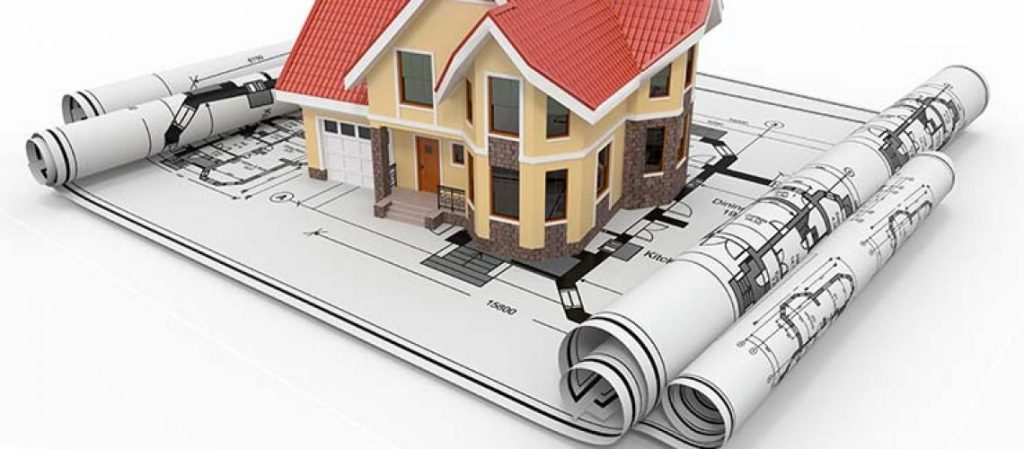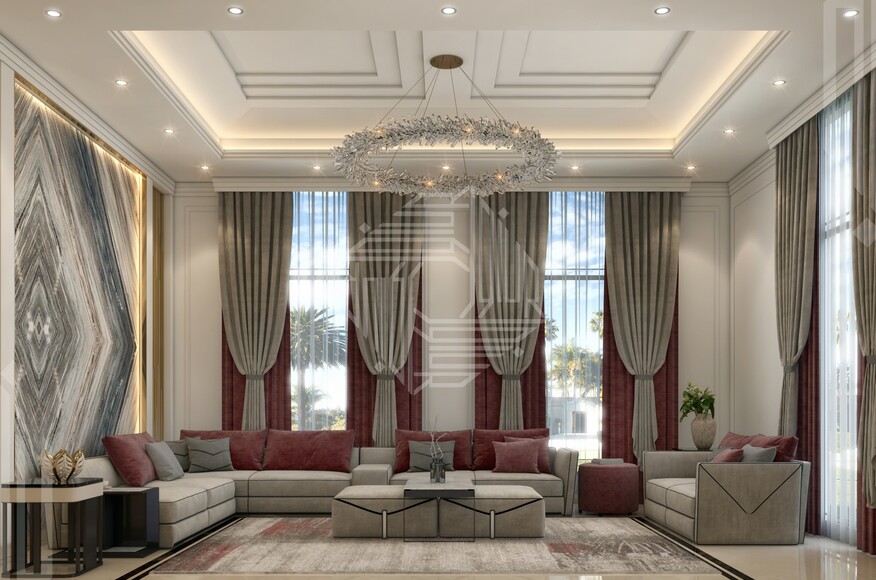Art and culture are integral parts of vibrant communities, shaping the identity and character of neighbourhoods. Beyond their aesthetic and cultural value, they also have a significant impact on the real estate market property valuation. Here, we explore the relationship between art, culture, and property values in the United Kingdom, highlighting the influence of artistic and cultural amenities on property prices.
Theoretical Framework:
To understand how art and culture affect property values, we delve into key concepts such as cultural capital, place branding, and agglomeration economies. Cultural capital refers to the social and economic benefits that arise from cultural investments. Place branding recognizes the value of cultural assets in attracting residents, businesses, and investors. Agglomeration economies suggest that the concentration of artistic and cultural amenities in specific areas creates positive externalities, stimulating economic growth and increasing property values.
Art, Culture, and Property Values: Empirical Evidence:
Numerous studies have examined the impact of art, culture, and specific cultural amenities on property values. Museums, galleries, theatres, and other cultural institutions have been found to have a positive influence on nearby property prices. Their presence attracts visitors, stimulates tourism, and creates a desirable living environment, leading to increased demand for housing and higher property values. Similarly, cultural events, festivals, and public art installations contribute to the attractiveness of an area, influencing property prices.
Cultural Districts and Gentrification:
Cultural districts, characterised by a concentration of artistic and cultural amenities, have become focal points for urban revitalization. However, they can also be associated with gentrification, leading to the displacement of existing residents. While cultural districts bring economic benefits and promote urban regeneration, it is crucial to address the potential challenges of social equity and the preservation of local identity. Balancing the benefits of cultural investment with inclusive development strategies is essential for sustainable and equitable neighbourhood transformations.
Case Studies: Art and Culture-Driven Neighbourhood Transformations:
Examining specific neighbourhoods in the UK that have experienced significant transformations due to the infusion of art and culture provides valuable insights. Examples such as the transformation of the Baltic Triangle in Liverpool or the regeneration of the South Bank in London demonstrate how cultural investments have revitalised these areas, attracting creative industries, businesses, and residents. The integration of art and culture has not only enhanced property values but also contributed to urban regeneration, community development, and job creation.
Policy Implications and Recommendations:
There are important policy implications to be aware of. Incorporating cultural considerations into urban planning and development policies is crucial. It is essential to support the growth of cultural institutions, provide funding for public art, and facilitate the development of creative spaces. Collaboration between policymakers, real estate developers, and cultural institutions is key to creating vibrant and inclusive neighbourhoods that harness the power of art and culture. Additionally, it is important to consider strategies that mitigate the potential negative impacts of gentrification, such as affordable housing initiatives and community engagement programs.
Art and culture significantly influence property values in the UK. The presence of artistic and cultural amenities enhances the desirability of neighbourhoods, attracting residents, businesses, and investors. Cultural districts play a crucial role in urban revitalization, but attention must be paid to ensuring social equity and preserving local identity. By integrating art and culture into urban planning and development policies, we can create vibrant communities that benefit from both economic growth and social inclusivity. The creative real estate market demonstrates the immense potential of art and culture in shaping the cities and neighbourhoods we live in.
Author



